How to Have a Zero Waste Home
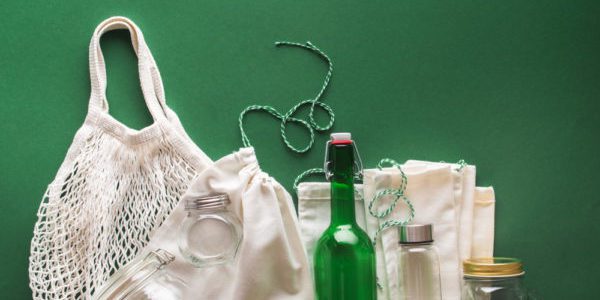
Going Zero Waste in Your Home
Now, more than ever, it’s important that you strive to have a zero waste home by cutting down on disposable items. The average American throws away over 7 pounds of waste every single day. It’s easy to feel like your efforts to produce less waste aren’t important in the grand scheme of things. In fact, it couldn’t be less true. By reducing your waste, or going zero waste, you will save close to 100 tons of trash from going into a landfill in your lifetime. Imagine if every person in the world chose to reduce their impact. If you’re not sure where to start when going zero waste, consider beginning in your home. This is where most of your trash is created. By breaking it down room by room, you can easily begin to reduce your impact and produce less trash.
It’s important to note that you do not have to live a zero waste lifestyle to make a difference. By simply switching to reusable items and being mindful of the waste you are producing, you can make a huge difference in the environment. Plus, becoming a zero waste home or investing in zero waste products can save you lots of money. When you are buying reusable items, you are making a one-time investment into them. Disposable items like plastic water bottles, disposable cutlery, paper plates, and paper towels are constantly occurring expenses. Replacing these items with reusable alternatives will save you loads of money and keep these items out of landfills. Reducing your impact can be incredibly easy when you follow these zero waste tips.

Zero Waste Kit
The easiest way to reduce waste is to create a zero waste kit filled with reusable items to bring with you on the go. This zero waste kit can stay in your car, that way you never forget any of the items at home. Here’s what you should pack:
Reusable produce bags (no more single-use plastic bags for your fruit & veggies)
A set of reusable utensils (for eating on the go, ordering out, long road trips)
At least 2 reusable grocery bags
A reusable straw (some even come in small carrying cases that you can clip onto your keys)
Your own reusable coffee cup (Starbucks offers a discount for bringing in a reusable cup)
Zero waste water bottle (get one with a filter so you can refill it anywhere)
Your own to-go box (think of how much Styrofoam you throw away with your leftovers)
Why should you bring these items with you? Let’s start with plastic water bottles. Americans throw away around 60 million plastic water bottles daily. Only 1 in 5 of those bottles ends up being recycled. The rest add to the 2 million tons of water bottles already in landfills. Plastic water bottles take over 1,000 years to biodegrade. By switching to a zero waste water bottle, you are helping to reduce the impact of these water bottles.
Reusable produce bags and grocery bags are incredibly important for going zero waste. The average American household goes through about 500 plastic bags each year. That’s a lot of plastic waste. If you have any lying around your home, find a grocery store with a recycling collection box near you and recycle them there. Then, invest in reusable grocery bags. Places like Whole Foods and Target will even give you a discount for bringing your own reusable bag.
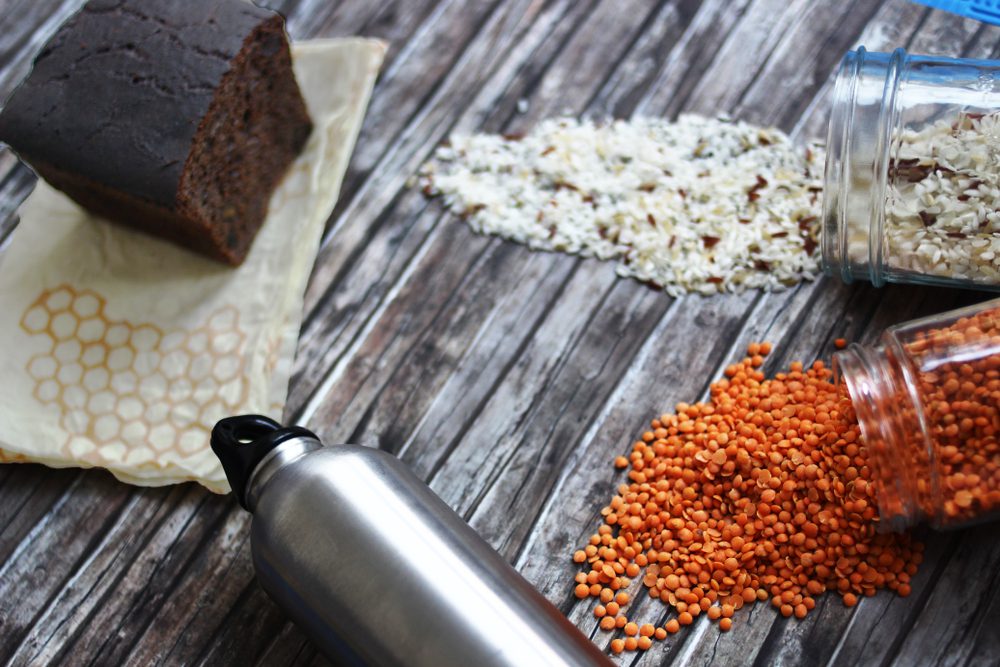
Zero Waste Kitchen
The kitchen is one of the biggest areas of waste in your home. Many things in the kitchen like plastic wrap, Ziploc bags, aluminum foil, and plastic cutlery are all one-use only. Add food waste to this, and you’re looking at a full trash can multiple times a week. In fact, Americans throw away about 25% of the US food supply each year. That’s 28 billion pounds of wasted food thrown in the trash. There are some ways to reduce your waste in the kitchen and help solve this problem and get you closer to being a zero waste home:
Use real dishes over paper plates
Invest in reusable cloth napkins over paper napkins
Buy reusable paper towels (that are actually cloth)
Use a reusable k cup (k cups are not recyclable and are crazy expensive. Put ground coffee inside of a reusable k cup filter instead)
Buy a reusable coffee filter or buy a French press
Ditch one-use tea bags and buy reusable or a tea infuser instead
Replace your plastic Tupperware with glass (its longer lasting and microwave safe)
Buy reusable sponges or a natural scrub brush
Invest in wooden cutting boards over plastic
Find a reusable plastic wrap alternative like beeswax wraps
Buy food in bulk to reduce packaging waste
Find a zero-waste grocery store
Meal plan to save money and avoid food waste
Always eat your leftovers
Use cloth reusable sandwich bags over plastic
Replace freezer bags with reusable silicone bags
Only use reusable utensils
Compost unused food scraps and paper waste
Save food scraps for broth
Replace your plastic water filter with a zero waste water filter
By making a switch to just several of these wasteful habits, you can greatly reduce your waste in the kitchen. Plus, doing things like reusing sandwich bags, growing vegetables from scraps, and cutting out k cups will save you loads of money on your next trip to the grocery store.
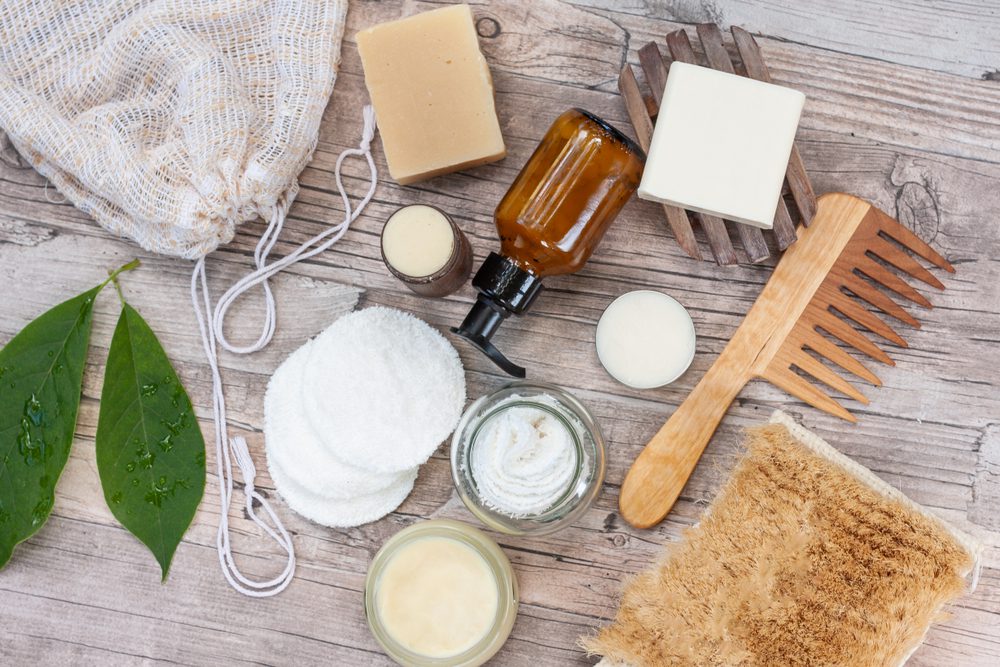
Zero Waste Bathroom
The bathroom is another place in your home where waste can occur if you aren’t careful. Single-use cosmetics, toiletries, and dental care items can quickly add up. Here’s what you should do in your bathroom to go zero waste:
Buy roll-less toilet paper
Choose bamboo toothbrushes over plastic
Replace your plastic shower curtain with a cloth curtain
Switch to dental lace instead of floss
Replace your plastic razors with a zero waste safety razor (no need to keep buying razors, just replace the blade)
Make your own toothpaste & store it in a glass jar
Make your own zero waste deodorant (store in a jar or pour into an empty deodorant)
Go “no poo” by washing with apple cider vinegar instead of shampoo
Choose bar soap over liquid (usually comes in less wasteful packaging)
Use shampoo and conditioner bars instead of liquid for zero waste haircare
Buy a handkerchief to replace facial tissues
Replace cotton balls or facial rounds with reusable facial rounds
Use a real loofah (or grow your own!)
Choose wooden or zero waste q tips over plastic
Look into zero waste makeup alternatives
Invest in a bamboo hairbrush
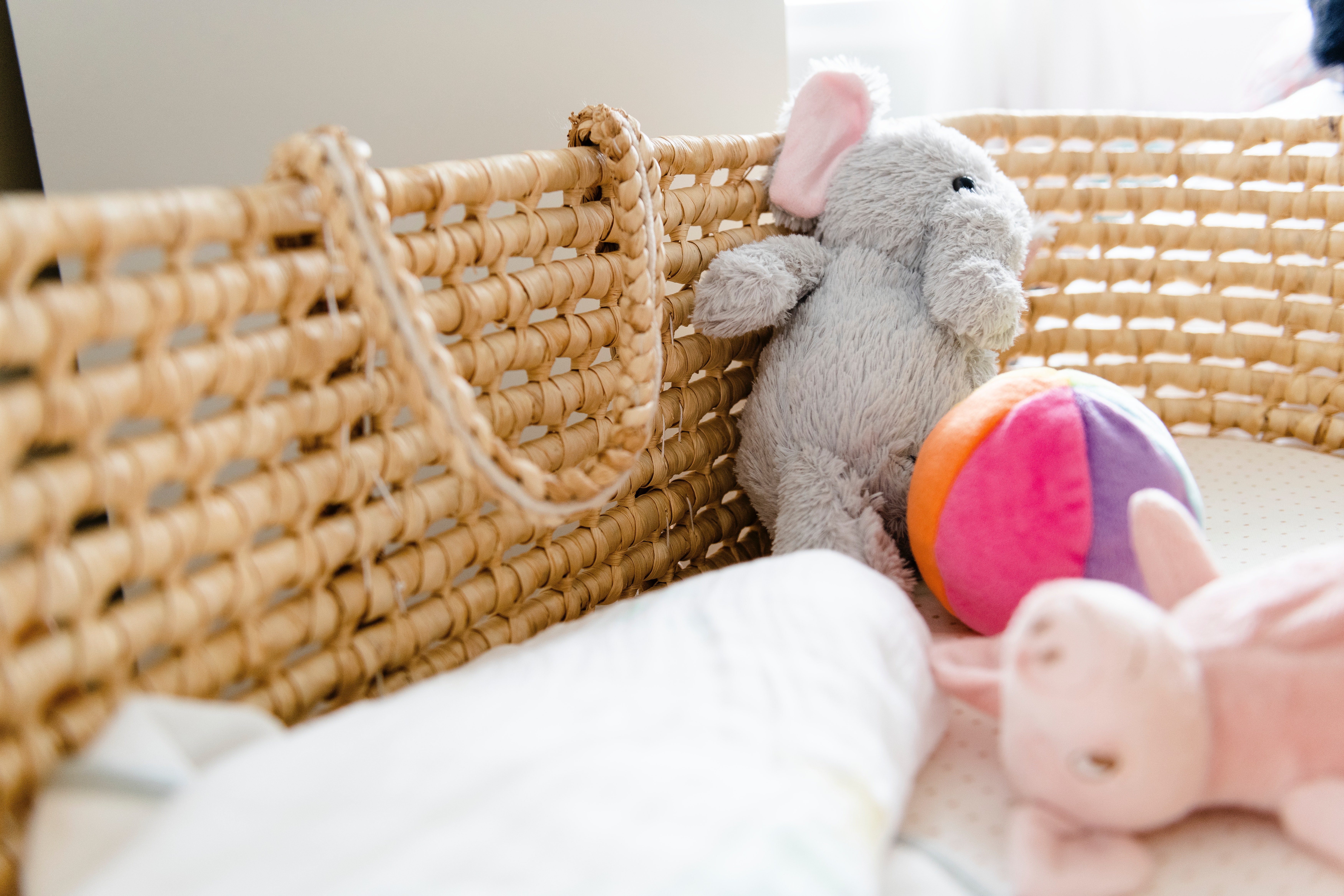
Zero Waste Nursery
If you are a mom (or soon to be!) you know how expensive baby items are. Diapers cost a leg and an arm and things like strollers, playpens, and cribs might as well take your whole paycheck. There are some great zero waste alternatives for you home to help you save some money. Plus, zero waste items tend to have fewer chemicals and plastic in them, which makes them safer for your baby.
Use reusable cloth baby diapers instead of disposable diapers
Invest in reusable wipes for your baby that are made of cloth
Buy reusable nursing pads
Ask around for hand-me-downs or buy secondhand for bigger items and clothing
Get eco-friendly baby bottles
If you know you will be having another baby, buy gender-neutral items so that you can reuse them for baby #2
When your baby outgrows things, donate, sell, or consign them
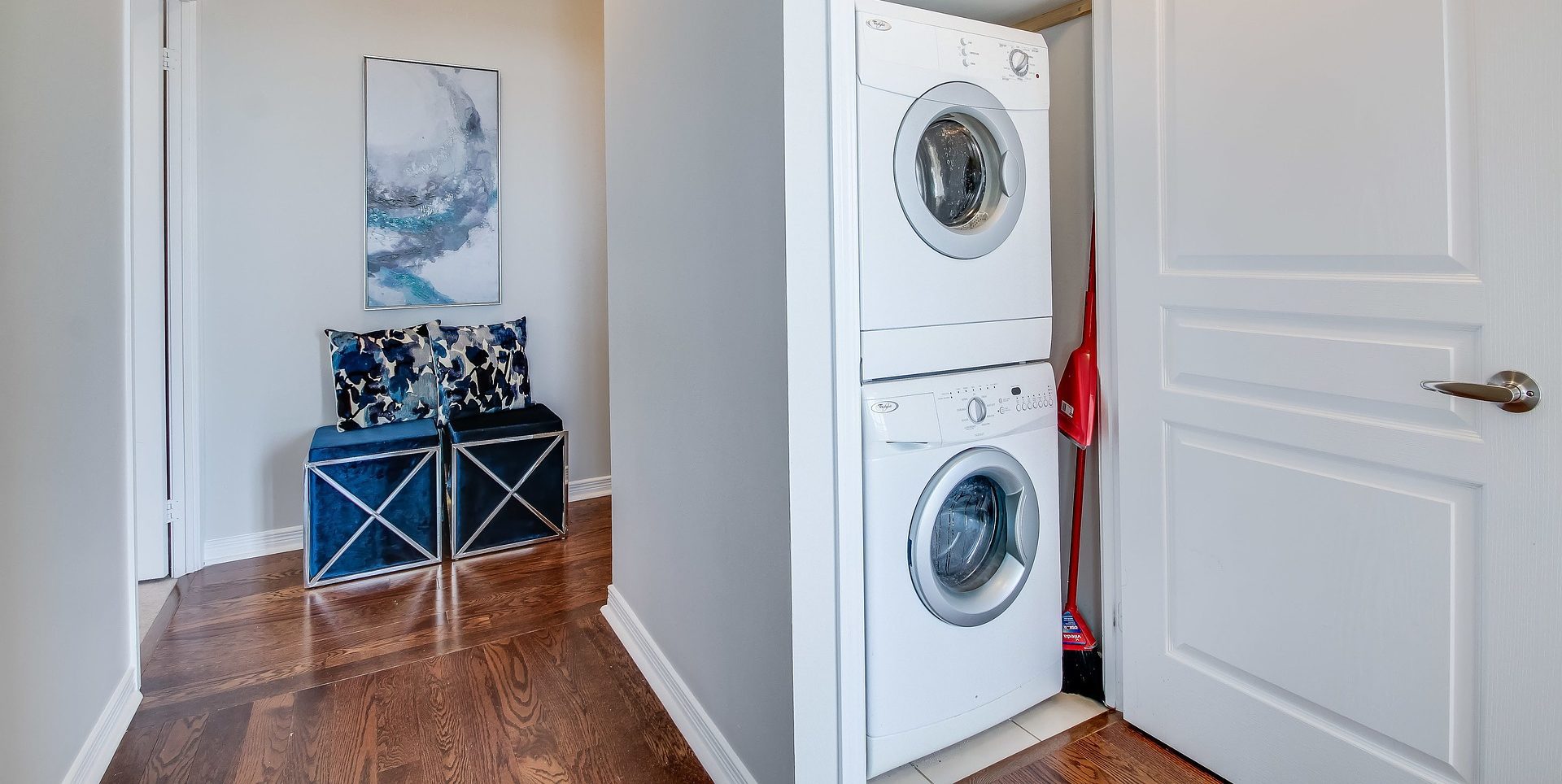
Zero Waste Laundry Room
While it may not seem like you waste very much in your laundry room, there is always room for improvement. These swaps are pretty easy and can save you money on your utility bills and at the grocery store, and lead to a zero waste home.
Use a natural laundry detergent
Make your own zero waste laundry detergent
Replace dryer sheets with reusable dryer balls
Make your own reusable dryer sheets
Wash your laundry in cold water (it gets just as clean and saves money)
Skip the fabric softener (add vinegar if not soft enough)
Line dry clothing when you can
Run your wash less (wait until you absolutely have to wash)
Stop separating your clothes (unless you have a new item, then wash separately)
Only wash full loads of laundry
Don’t over wash your clothing (unless stained or smelly, most items, especially jeans, can be worn more than once)
Replace bleach with hydrogen peroxide
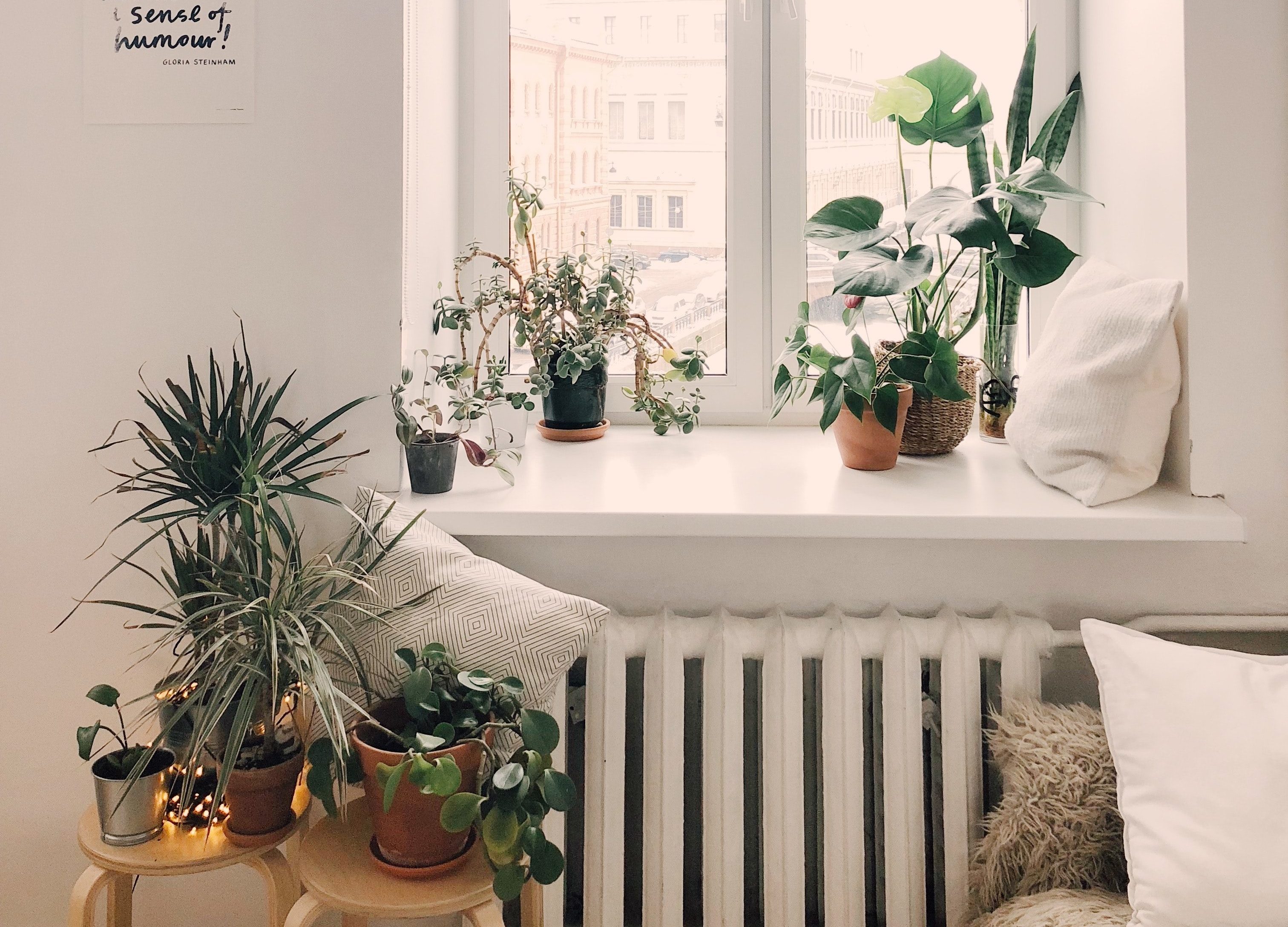
Zero Waste Home
While we’ve addressed specific rooms in the home, it is important to acknowledge have to reduce waste in the rest of your home. Almost every single one of these zero waste tips will save you money in your home.
Avoid using the thermostat (wear a sweater or open a window first)
Buy reusable trash bags for the house
Use real towels over paper towels
Use zero waste cleaning products over disposable
Unsubscribe from junk mail to save on paper waste
Reduce packaging from Amazon & e-commerce sites (simply ask them to not use any additional packing materials)
Schedule your Amazon packages to all come on one day to reduce packaging and gas
Sign up for online bill pay to reduce paper
Turn down unwanted promotional items
Buy rechargeable batteries
Repair or donate items instead of throwing them away
Reuse candle jars for storage or make them into a new candle
Compost newspaper & cardboard
Add easy-to-maintain house plants to your home (make sure they’re pet-friendly)
Avoid fast fashion (stick to staple pieces for your closet)
Utilize hand-me-downs
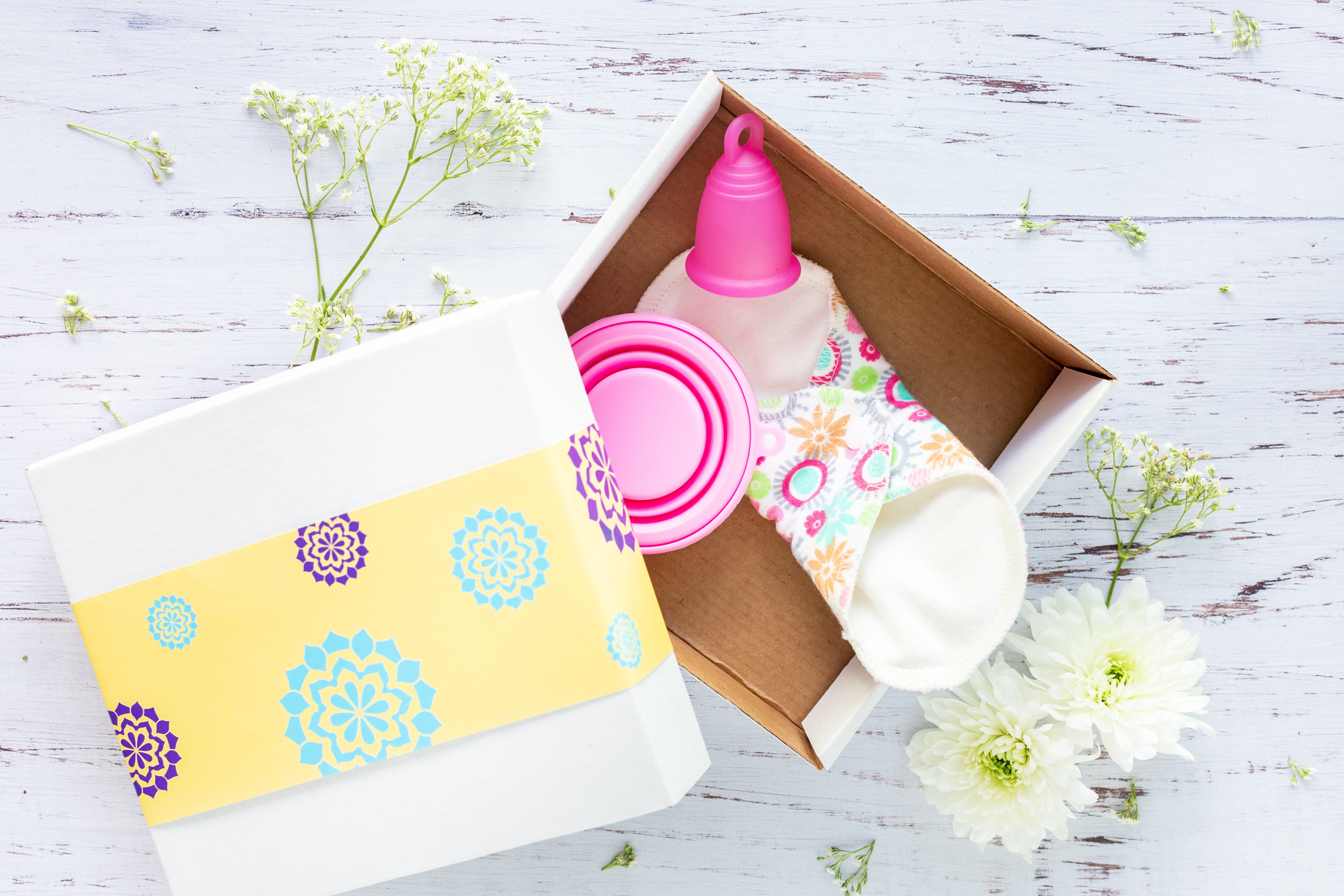
Zero Waste for Women
Ladies, this one is for you. Disposable menstrual products are not only incredibly wasteful, but they can be harmful to you as well. Try these instead:
Switch to reusable menstrual pads (cloth pads range in size and absorbency, can lead to reduced cramping and lighter periods due to lack of chemicals)
Try using a menstrual cup
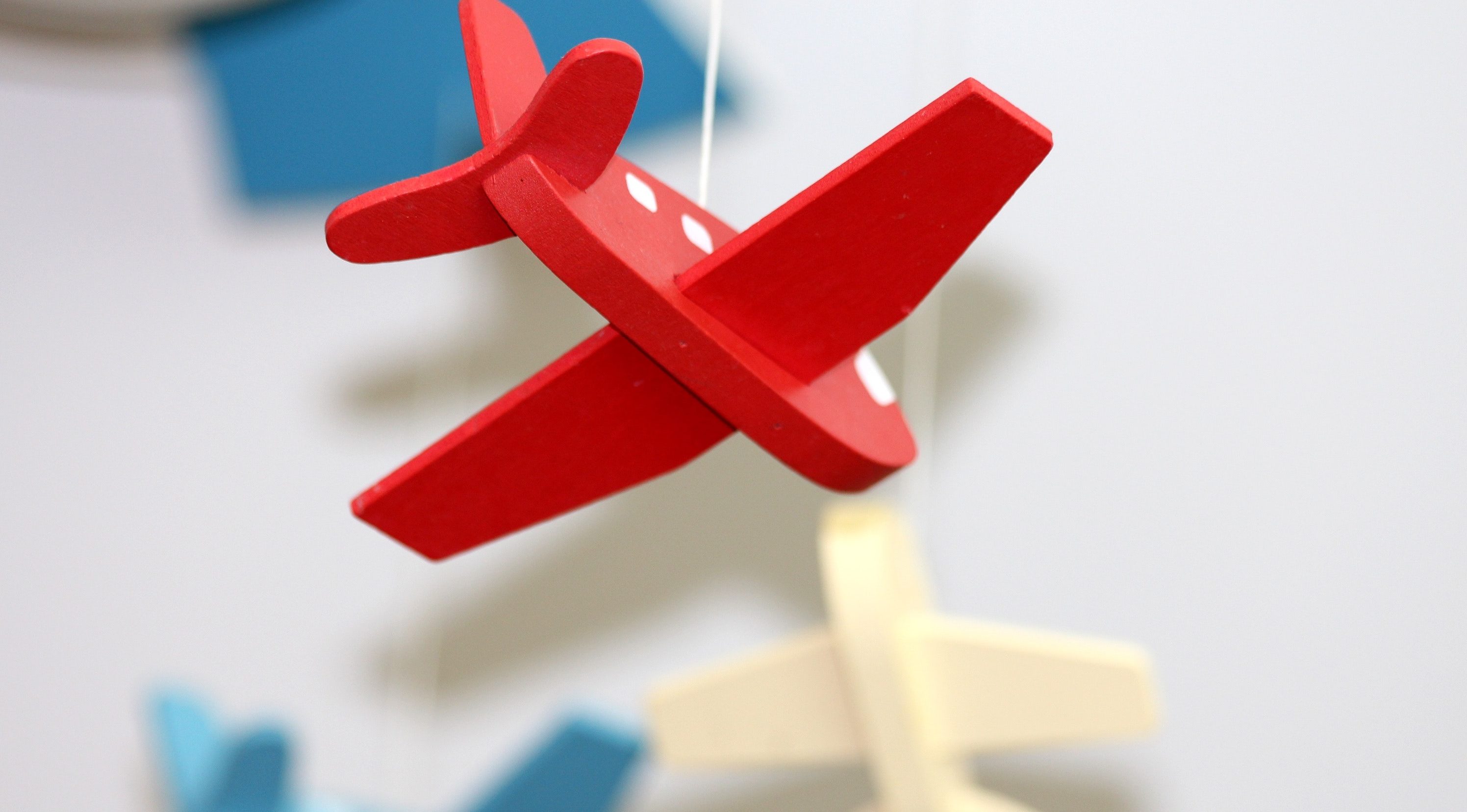
Zero Waste for Children
Last but certainly not least is reducing waste with your children. Only 4% of the world’s children live in the United States, but we buy and throw away 40% of the world’s toys. Finding alternatives like borrowing, buying used, or doing toy swaps can help reduce toy waste. Plus, find other ways to reduce the waste associated with your children. Here are a few tips.
Do toy swaps with other moms
Buy toys second-hand
Donate toys after your children have outgrown them
Limit the number of toys you buy
Take advantage of your local library (not just for books! They usually have movies and games as well!)
Pack their lunch with reusable items
Avoid buying individually packaged snacks (make your own healthy alternatives)
Try to avoid buying plastic toys
Make your own fun with homemade slime or play dough
There are a lot of items on this list of ways to have a zero waste home! It can be easy to become overwhelmed by all of the ways to reduce waste and live more sustainably. Try starting with the small things like going paperless with your bills or taking a reusable grocery bag with you when you shop. Once you’ve conquered the small stuff, move on to larger items. Before you know it, you’ll be reducing your footprint on this earth and saving tons of money at home! For more tips on enjoying your home and other great blogs, sign up for our monthly newsletter.






